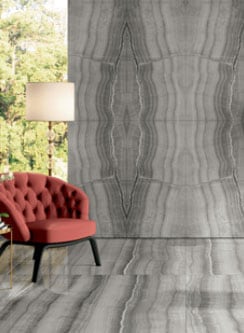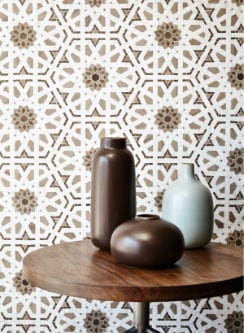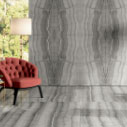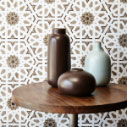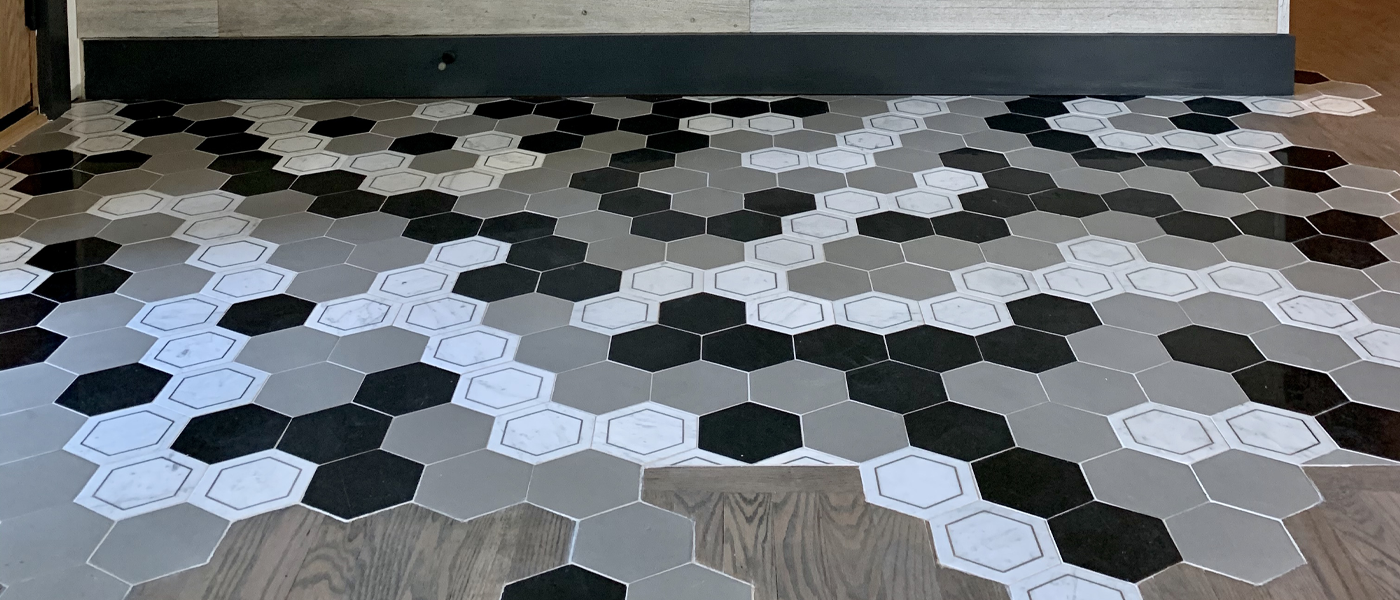
Cousin Colaneri Creates Compelling Spaces with Walker Zanger
If you’re into flipping homes, redecorating, remodeling, refinishing, or any other design challenge, you’re probably very familiar with John Colaneri.
From hit HGTV shows such as Kitchen Cousins, Cousins on Call, Cousins Undercover and America’s Most Desperate Kitchens, which he co-hosts with his cousin Anthony Carrino, to appearances on The Rachael Ray Show and The Ellen DeGeneres Show (the latter leading to their first original project with the Ellen Digital Team called Grand Design) and much more, Colaneri and his cousin have become well-known celebrity personalities with a forte for transforming spaces into life-changing places for multitudes of homeowners.
In 2019, Colaneri launched his own development company, Lilyshea Development LLC, which focuses on developing and designing high end residential and custom spec homes in the New Jersey area. But when it came to a project closer to home—his own home, in fact—Colaneri turned to Walker Zanger for tile inspiration.

Mad, Modern Scientist Meets His Traditional Counterpart
When John and his wife bought their first home, she left the designing to him; and why not? He’s famous the world over for being a mad scientist with renowned design flair.

However, after five years of marriage, when the two decided to purchase their second home—a mid-century modern ranch house—she became part of the design conversation, bringing her penchant for a more traditional, rustic feel that helped to balance out her husband’s contemporary design inclinations.
Mastering the Bath Minus the Hassles of Marble
One element John’s wife wanted to be included in their new home’s master bath was Carrera marble. Although John conceded to the look and feel of majestic, centuries-old Carrera marble slab, his one caveat was that it had to be porcelain. Over time, Carrera has a tendency to stain, especially in moist areas often exposed to a lot of water.
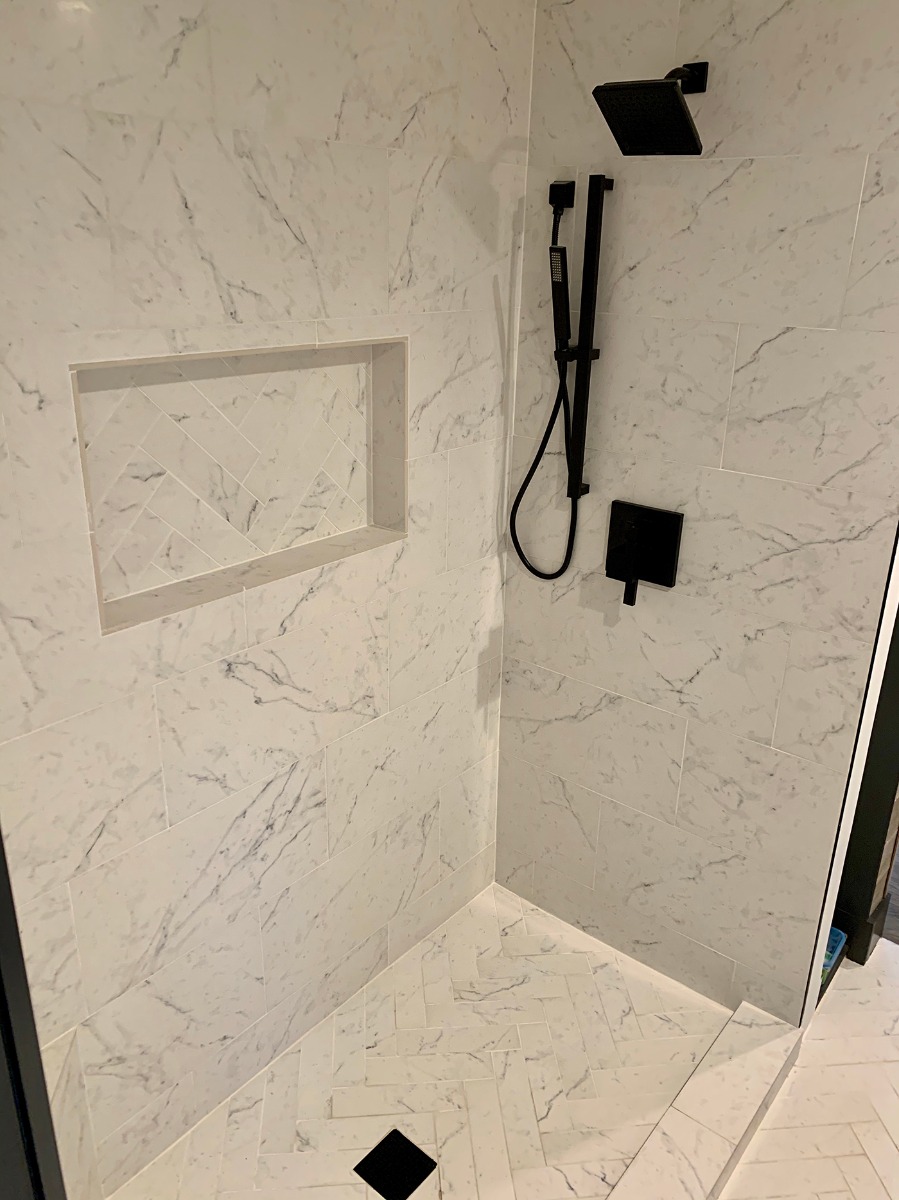
“There are places for (Carrera marble), I think, in design in homes, but there are also places like a bathroom I don’t think it makes sense. There’s too much that can go wrong,” Colaneri said.
Offering a better price point than real marble, exceedingly durable, and overwhelmingly stunning, the Colaneris opted for Walker Zanger’s white Secolo porcelain slab for their master bath. Thinner than traditional marble stone slabs, their Secolo porcelain walls are striated with delicate black veining, delivering the authentic look of marble while requiring very little maintenance.
I don’t have to worry about it fading or staining or having my tile guy come in here and seal it every year and a half
Colaneri

Imparting movement and detail, the Colaneris incorporated herringbone tile for the shower niche and flooring. Enhanced with all black fixtures that add a reverse of pop against the white walls, the master bathroom feels open, comfortable, crisp, and clean with both the porcelain veining and a walnut mid-century vanity that brings warmth to their private space.
A Spectrum of Pink for a Rainbow Princess
When it came to their daughter’s bath, her parents wanted to merge her love of rainbows with her partiality to the color pink. For the young Miss Colaneri’s bath, John was inspired by the playful combination of colors and patterns of Walker Zanger’s Art Deco-inspired Kaleidoscope Collection.

Varying hues start with a darker rose pink that begins at the ceiling, move down into blush pink tiles, and finally arrive at a white, with the geometric tiles are arranged in a configuration that creates an ombre rainbow-like effect that contrasts boldly with the dark plumbing fixtures and adds to a shower niche that ties in seamlessly with the one-of-a-kind tiling pattern John designed himself.
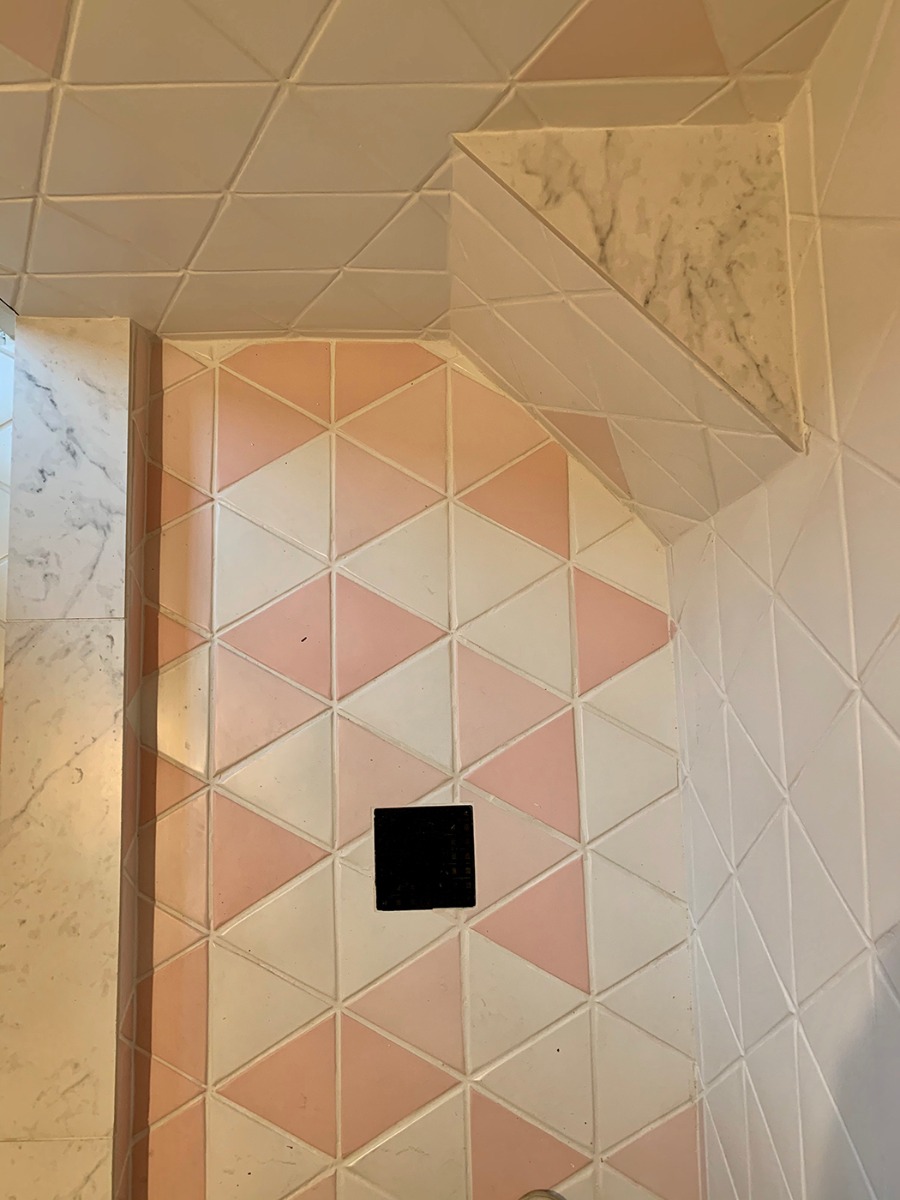
“It’s another play on the home—the mid-century modern—but it’s done in a contemporary fashion with the ombre effect and the triangles, and I love it. Fun things like this just make me smile,” John said.
Elongating Spaces to Enchant the Eye
According to John, he has a ritual during an initial inspection of a home that always begins below ground in the basement. First, he looks for cracks in the foundation to ensure the “bones” of the house are stable, followed by walking the house where the “space-planning wheels” start spinning.
“That’s kind of how my mentality goes with any of my projects,” Colaneri said.
When his realtor told him of this mid-century modern ranch house with tons of potential, John used the same approach when walking what would potentially be his new family’s second home. Motivated by a project he’d done for a previous client, he wanted to open up the space from the entryway into the living room and through to the kitchen and sunroom.
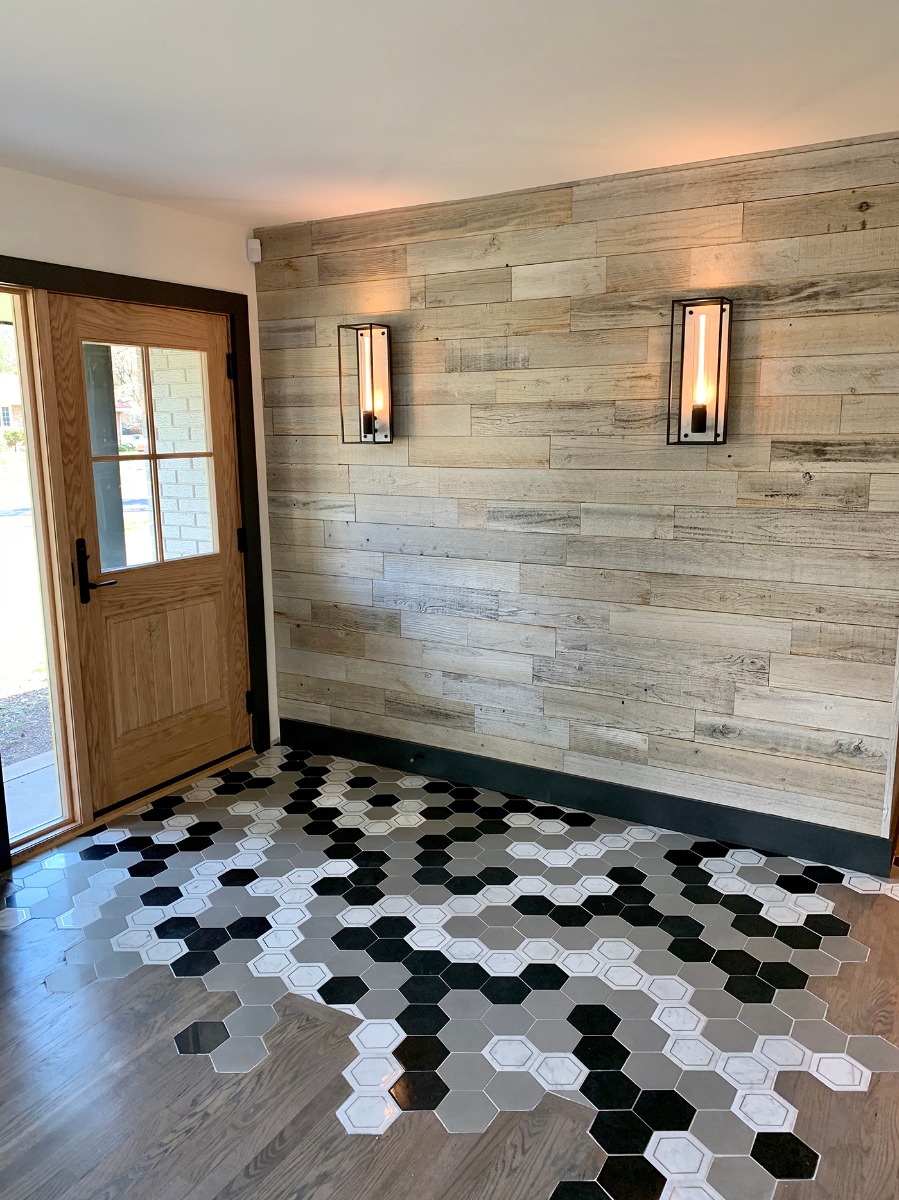
By taking down walls, you can trick the eye into thinking a space is even larger than it is. However, he still wanted to demarcate each area by incorporating a combination of different materials without taking away from the feeling of openness. Typically, when you use different materials in a kitchen and a living room, there are definitive lines separating the materials, narrowing the vision that defeats the purpose of removing walls.
“The whole purpose is to make it flow into each other,” Colaneri said. “When you’re working and you’re adding rooms together, if you’re adding wood, you want the wood to run a certain way so that it flows, and your eye just keeps on going. It makes the room look larger. So that was the whole idea behind the tile—don’t put a line, have it bleed out. It came out phenomenal.”
For his entryway, John used a curated mishmash of Walker Zanger’s Ellington and Kaleidoscope collections. He chose Ellington tiles featuring luxurious white marble and limestone with a graphic metallic accent in stainless steel along with Kaleidoscope’s geometric tiles in grey and black.

The color of the tiles contrasts beautifully against the wood flooring of the living room and the reclaimed wood walls that John’s wife wanted, delineating the entryway in a hexagonal pattern that cuts into and blends interestingly into the hardwood without limiting the open vision of the enlarged space. In addition, the Walker Zanger tiles are all laid out over a WiFi-enabled anti-fractural heating membrane that feels amazing when you walk in the front door on a wintry day. While the original idea for this fascinating concept was John’s, he admits that getting the look that he wanted, required both the imagination and skill of his master installer.
“Tile installers are artists, as well,” he said. “You’ve got to give them a little ‘GO.’ As a designer, you have to let those install guys kind of have their freedom, as well.”
Walker Zanger: Where Form Follows Function













